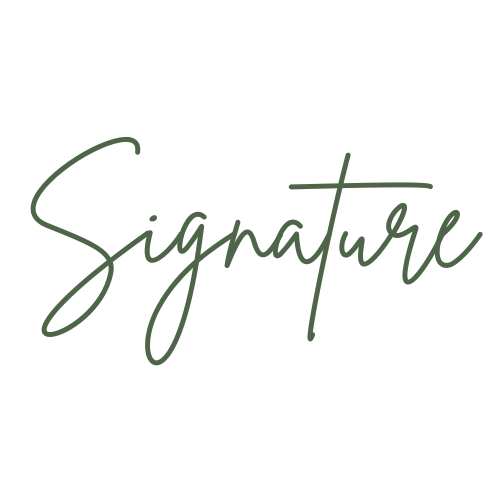Keith Haring Authentication
Keith Haring, a trailblazer in the 1980s art scene, left a lasting legacy with his vibrant, iconic work that blended street art with social activism. Born in Reading, Pennsylvania in 1958, Haring quickly became a prominent figure in the New York City art world, using public spaces as his canvas. His bold, energetic style, characterized by simple, cartoon-like figures and thick black lines, became instantly recognizable. Haring’s work often dealt with themes of love, unity, sexuality and social justice, reflecting the turbulent social issues of the time, including the AIDS crisis and apartheid.
Haring’s rise to fame began in the early 1980s, when he created chalk drawings in subway stations, which became an underground sensation. His work soon moved into galleries, but he remained committed to the idea that art should be accessible to everyone. Throughout his career, Haring collaborated with artists like Jean-Michel Basquiat and Andy Warhol, while also working on large-scale murals and public art installations around the world. Tragically, Haring’s career was cut short when he died of AIDS-related complications in 1990 at the age of 31.
Despite his untimely death, Haring’s art has only grown in popularity, becoming highly collectible and deeply influential in both the art world and popular culture. His imagery—dancing figures, radiant babies, and barking dogs—has become ubiquitous. However, the global demand for his work, combined with his widespread public art initiatives, has led to challenges in Keith Haring authentication.
The Challenge of Keith Haring Authentication
As Haring’s reputation and the value of his works have skyrocketed, the issue of authentication has become increasingly important. Haring’s prolific output and use of public spaces make authenticating his work especially complex. In addition to his formal gallery pieces, Haring was known for creating art in unconventional locations—on subway walls, buildings, and even everyday objects. This diversity of mediums makes it difficult to apply traditional authentication methods, as works attributed to Haring often vary greatly in style, size, and surface.
Moreover, as with many artists whose work has become highly valuable posthumously, Keith Haring’s art has been subject to widespread forgery and misattribution. His easily recognizable style has been copied countless times, and the market is flooded with works claiming to be originals. This has created significant challenges for collectors, galleries, and auction houses seeking to ensure that the Haring pieces they handle are authentic.
For years, the Keith Haring Foundation played a central role in authenticating works attributed to the artist. However, in 2012, the foundation stopped issuing formal certificates of authenticity, leaving a gap in the authentication process. Since then, collectors have increasingly turned to independent experts and art authentication firms to verify the legitimacy of Haring’s works. This is where companies like Signature step in, offering expert research and verification services to navigate the complexities of authenticating Keith Haring's art.
Signature’s Approach to Keith Haring Authentication
Authenticating a Keith Haring work requires a detailed, multi-disciplinary approach, as his art encompasses a wide range of mediums and techniques. Signature uses a combination of historical research, forensic analysis, and expert knowledge of Haring’s methods to ensure that any work attributed to him is thoroughly examined.
Comparative Analysis: Haring’s art is defined by its vibrant color, simplicity and bold outlines, but each piece also has its own unique qualities. Signature’s experts compare the suspected work with known, authenticated pieces from the same period, focusing on stylistic elements such as composition, line work and the use of recurring motifs like radiant babies or barking dogs. Haring was known for the fluidity and spontaneity of his lines, and deviations from these characteristics can raise questions about the authenticity of a work.
Provenance Research: One of the key aspects of Haring authentication is verifying the provenance—or the ownership history—of a piece. Establishing a clear and documented chain of ownership is essential in confirming whether a work can be traced back to the artist himself. At Signature, our experts meticulously research exhibition records, sales histories and any associated documentation to establish a work’s provenance, ensuring its legitimacy.
Scientific Analysis: Scientific tools can play a role in authenticating Haring’s works and aid in determining whether the materials used are consistent with those Haring employed during his career. Haring frequently used acrylic paints and markers, and understanding the specific types of materials he favored during different periods helps confirm the authenticity of a piece. Additionally, we can analyze the age of certain materials, ensuring that a suspected Haring work was created during his lifetime.
The Legal and Financial Stakes of Haring Authentication
Given the escalating market value of Keith Haring’s art, the stakes for authentication are incredibly high. Genuine Haring pieces can sell for millions of dollars, making them a significant investment for collectors and institutions alike. Conversely, the sale of a forgery can lead to lawsuits, financial losses and damage to the reputations of collectors and galleries.
Auction houses and galleries are now more cautious than ever, often requiring expert authentication before agreeing to sell high-value works attributed to Haring. Buyers, too, need assurance that they are acquiring authentic Haring pieces, as the value of a forgery could plummet, resulting in substantial financial loss.
This is where Signature’s expertise becomes invaluable. Our authentication services provide thorough and credible validation of Keith Haring’s works. We help ensure that collectors and galleries can buy and sell with confidence, protecting both the financial and cultural value of the pieces in question. Our team is dedicated to helping collectors, galleries, and institutions verify the authenticity of their Haring works, ensuring that his legacy is preserved for future generations. Contact us to learn more about how we can assist with Keith Haring authentication.

